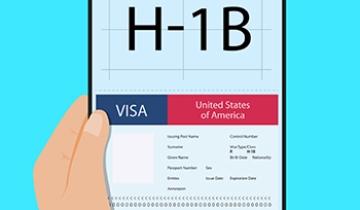It’s that time of year! Companies with solid internship programs have likely made their final selections and are preparing to onboard these new employees. Whether your degree-seeking student is majoring in accounting, engineering, HR, marketing, or some other career, most HR professionals are familiar with intern programs and how to recruit, compensate, and utilize students for the best experience for both parties. If you’d like to provide an additional, outstanding experience, I urge you to consider MRA’s 2024 Intern Leadership Program, which offers your interns additional opportunities for networking and professional development. It’s an easy, effective method to enhance your interns’ experience!
Remember that most internships are paid, and interns are your employees. As such, depending on the length of the internship, they may qualify for benefits, such as vacation, paid holidays, and health and welfare benefits. A review of your plan documents should guide you in determining if interns will reach eligibility for any of these benefits. As a general rule, the IRS defines a seasonal employee as employment that begins at roughly the same time each year and is less than 6 months in duration. This might allow you to categorize the interns as “seasonal” employees.
Thinking about summer interns led me to consider a training method that has yet to be as fully embraced in the U.S. as in other countries: apprenticeships. This is particularly relevant now, as more attention has been paid to the “paper ceiling” over the last year, causing employers to revisit job qualifications. Many employers have determined that a 4-year degree is not a requirement for certain positions and are focusing on skills. Apprenticeship programs can help fill those jobs. In the past, these programs were primarily associated with the skilled trades, but as the government has increased funds for registered apprenticeship programs (RAPs) the types of positions that lend themselves to apprenticeships has expanded to include diverse careers, including agriculture, cybersecurity, education, energy, financial services, health care, information technology, and a host of others.
There are several differences between an apprenticeship and an internship. While an internship usually lasts 8 to 12 weeks during the summer break, an apprenticeship is longer-term, generally lasting between 1 and 3 years. The two are structured differently. Apprenticeships include a structured training plan and focus on mastering specific skills an employer needs to fill an occupation within their organization. Internships aren’t structured and often concentrate on entry-level general work experience.
If you are intrigued by the opportunity implementing an apprentice program or partnering with a local college might bring to your company, more information can be found on the federal government’s APPRENTICESHIPUSA website. It is chock-full of related information, including the benefits to both an employer and the apprentice.
Finally, you may be considering hiring your second cousin, once removed, as a summer helper. Although this type of employment can bring value to both parties, it is neither an internship nor an apprenticeship. However, you can still allow the individual to gain valuable work experience by providing them with an introduction to work life and responsibility.
I hope utilizing these various types of employees will allow your regular staff to take that longed-for, highly anticipated family vacation.
Cheers to summer!






